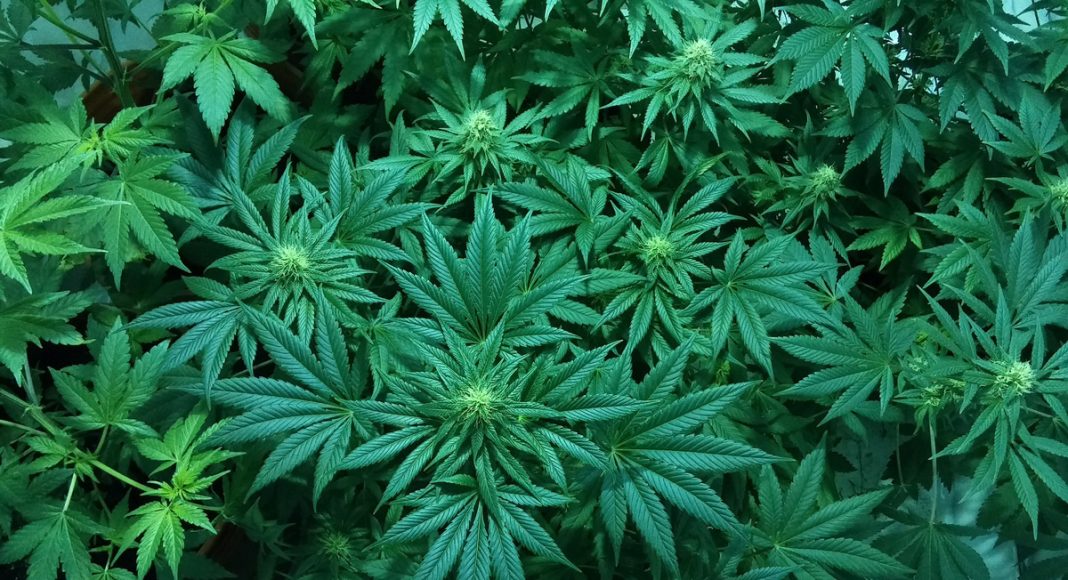What’s the life expectancy for the average American? It depends on where you live. And according to a study released in the Journal of the American Medical Association, there is a wide disparity among the states.
The report found that Hawaiians have the longest life expectancy at 81 years and Mississippians the shortest at 75. The Atlantic took a deeper dive into the study and found:
Most startlingly, since 1990, 21 states have seen an increase in the death rate among people aged 20 to 55. In five states—Kentucky, Oklahoma, New Mexico, West Virginia, and Wyoming—the probability of early death among young adults rose by more than 10 percent in that time frame. Meanwhile, in New York and California, young and middle-aged people became much less likely to die in the same time period. The authors note that opioids, alcoholism, suicide, and kidney disease—which can be brought on by diabetes and alcoholism—were the main factors leading to the increases in early deaths.
But what about marijuana? Do state cannabis laws make a difference? The report did not break out this variable, but it is interesting to see the states at the top of the list and the bottom of the list.
The 10 states with the lowest probability of premature death were: California, Connecticut, Hawaii, Massachusetts, Minnesota, New Hampshire, New Jersey, New York, Vermont and Washington.
The 10 states with the highest probability of premature death included: Alabama, Arkansas, Kentucky, Louisiana, Mississippi, New Mexico, Oklahoma, South Carolina, Tennessee and West Virginia.
In the first list, most of the states have either legalized recreational use or have progressive medical marijuana programs. The second list includes all southern states with a more draconian view of cannabis.
-
Related Story: Legal Weed: An Accidental Solution To The Opioid Epidemic
It is not accurate to make the claim that cannabis will increase your life expectancy based on this study. But it certainly raises the question.
The study did find that opioid use was partly responsible for the problem. According to the report:
Opioid use disorders moved from the 11th leading cause of disability-adjusted life-years (DALYs) in 1990 to the 7th leading cause in 2016, representing a 74.5 percent change.
And alcohol was another big problem:
Age-standardized death rates due to alcohol increased by 17.50 percent from 1990 to 2016 in the United States, and alcohol use disorders accounted for 2.89 deaths per 100 000 persons in 2016. Previous studies have shown that alcohol consumption and binge drinking have increased in the United States, especially among females. Alcohol is a major risk factor for burden in the United States and is associated with adverse outcomes including sexually transmitted diseases, violence, and accidents.


